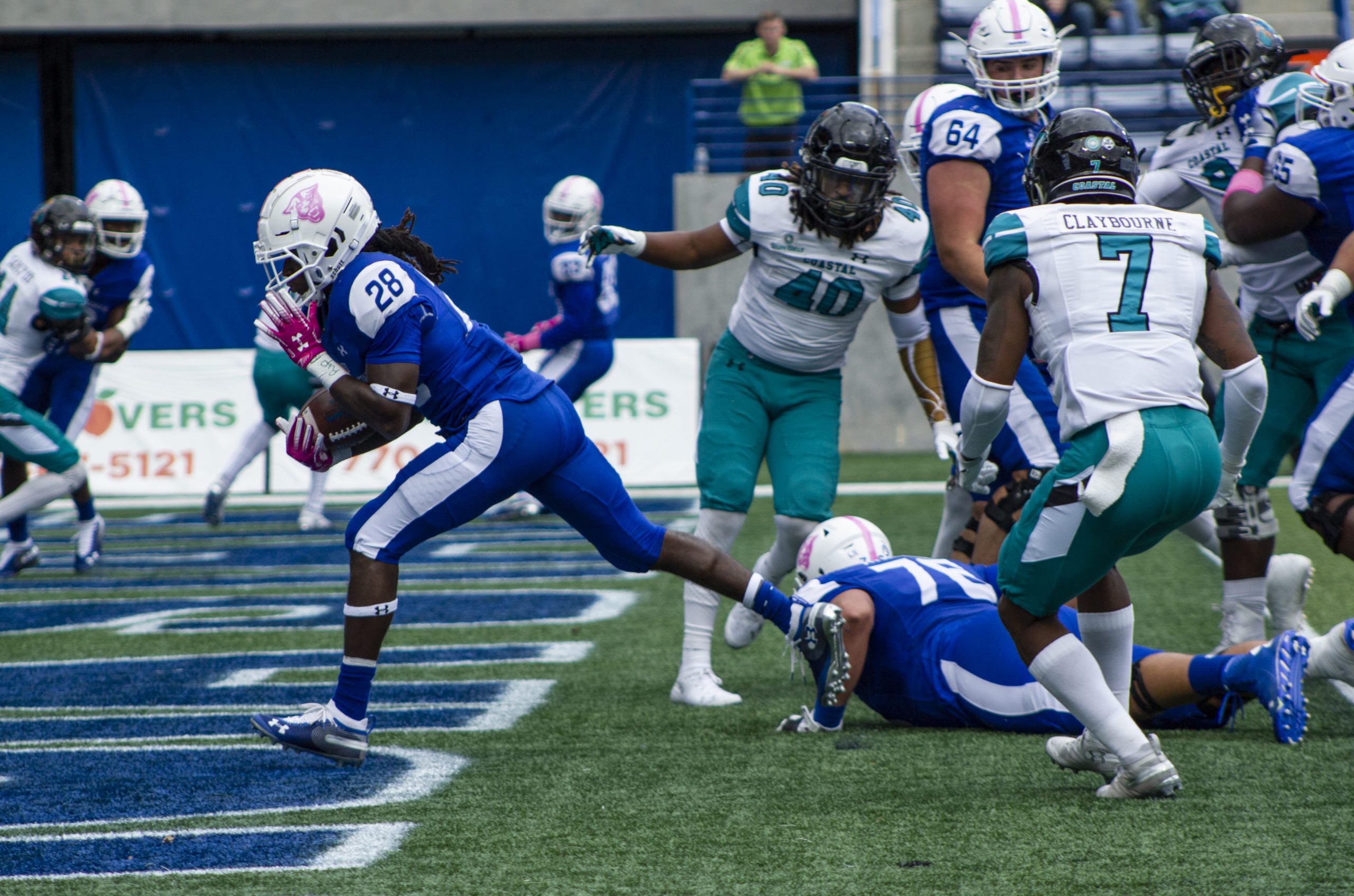
The week of homecoming is traditionally the week in the fall that universities and their alumni and students circle on the their calendars. Despite this history, Georgia State is still developing its Homecoming traditions. The Panther football team has existed for nine seasons, and that’s how long homecoming has been a fall activity.
Before football, the same homecoming events were held in February and scheduled with basketball games, a stark difference from what college students and alumni are now accustomed to.
In homecoming’s previous form, the men’s and women’s basketball teams would both play on separate days, and were both part of the homecoming week. The men’s basketball team would play on Saturday, ending the official week of celebration.
Since the events now take place in the fall with a football game, the number of people who can participate has drastically increased. Even before the Panthers acquired Georgia State Stadium, they were playing at The Georgia Dome. While the Panthers were never able to fill up the Georgia Dome, they were able to fit more people than the GSU Sports Arena could. It allowed people to tailgate, which is an essential part of football season and homecoming.
Tailgating in the winter at a basketball game was difficult, and as a result it rarely happened.
“You would not see a lot of students necessarily tailgating or publicly gathering before a basketball game,” Georgia State Student Recreation Center staffer Kacy Toberg said. “Whereas now with having football, you see students tailgating a lot and more of that kind of traditional atmosphere which makes for a fun environment.”
Toberg, who has been working at Georgia State since 2001, was once a member of the homecoming planning committee.
Visibility is everything, and getting people to see the product is critical. The GSU Sports Arena has a 3,854-person capacity, so the number of people that were actually able to participate was restricted.
“But I think the biggest thing for homecoming is that you want people to come back to your biggest events,” Georgia State Associate Athletic Director of Communications Mike Holmes said. “And what are our biggest events? Realistically, it’s football; we can put 25,000 people in the stadium. That’s going to be bigger than what we could put in the Sports Arena.”
Not only did the football team change the way homecoming is celebrated, but it also played a big part in changing the perception of school spirit.
“When I first came it was very surprising to me that students did really have a strong connection regarding spirit and pride with Georgia State,” Toberg said. “You wouldn’t see a lot of people at that time wearing Georgia State gear. It would be very rare that you might find Georgia State gear out in the shopping malls, and that’s very different now. And I think football has played a big part in that kind of cultural shift.”
